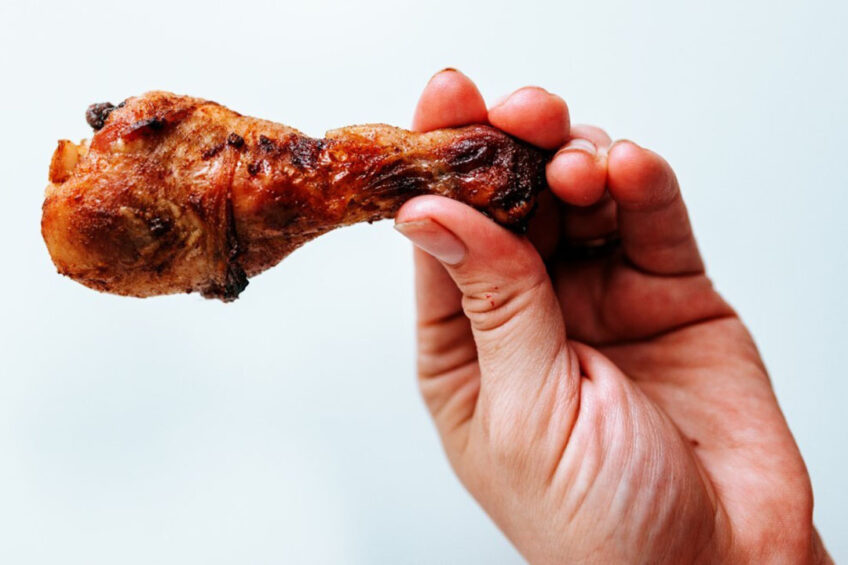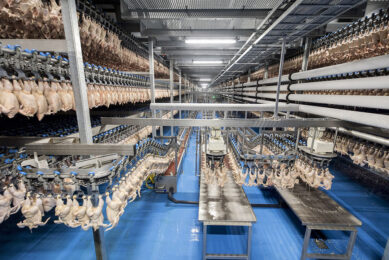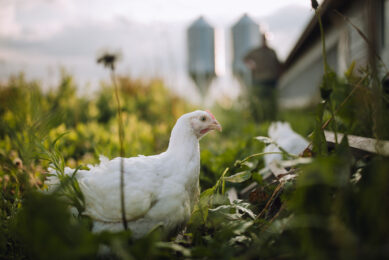Are we approaching peak poultry and meat consumption?

Meat consumption is increasing in many countries worldwide, although it seems peak meat consumption has been reached in some. A recent study analysed 35 countries to determine which are increasing and which are decreasing consumption of all the major meats consumed from 2000 to 2019, including poultry, of course.
Growing prosperity, disease outbreaks, natural disasters and consumer preferences are changing global meat consumption, which, globally, has quadrupled since 1961. The growing human population has encouraged the expansion of livestock, with 80 billion animals slaughtered annually to produce 340 million tonnes of meat for human consumption, notes the report.
It is interesting to note that while meat consumption is positively associated with income, an earlier study of 120 countries identified that at a certain level of income per capita (around US$40,000 GDP per capita), total meat consumption decreases with income.
The environment, animal welfare and health concerns
Climate change and environmental deterioration continue to motivate people to reduce meat consumption, while animal welfare and human health considerations trigger rising flexitarianism and more plant-based meat alternatives, and the substitution of red meat for poultry is also evident, likely due to the perception that chicken is healthier, better for the environment and cheaper.
Cultivated meat is transforming food production
Expanding the cell lines for the growing cultivated meat market is continuing to receive financial support with an additional £1 million granted to Roslin Technologies from UK Research and Innovation (UKRI). Read more…
“Whilst eating is a personal choice, subject to access, availability, and affordability, the implications for the common resources of land, air, water, biodiversity, and climate are proportionately greater than those of energy, transportation, buildings, and any other industry over a 20-year horizon. We hypothesised that this is inducing a shift towards less meat consumption,” noted the authors of the study, adding that the team searched for evidence for ‘peak meat’ – a point when consumption of animal meat peaks followed by a voluntary reduction in consumption.
Annual estimates of consumption of beef and veal, poultry, pork, and sheep meat (in kg retail weight per capita, kg/cap) were downloaded for each year between 2000 and 2019 inclusive from the OECD-FAO Agricultural Outlook database. Fish were excluded from this analysis.
World meat consumption, 2019
Poultry was found to be the main driver of increasing total meat consumption, while beef and sheep meat consumption generally decreased. These trends likely reflect consumer appetite and historical technological industrialisation.
Eating more meat
World meat consumption per capita increased between 2000 and 2019 (29.5 kg vs. 34.0 kg), by 0.34 (SE 0.03, p<0.001) kg capita year. in 26 of the 35 countries studied, total meat consumption per capita increased significantly over time. the most substantial increases (near 2 kg capita year) were observed in countries with consumption levels below the 2000 world average, such as russia, vietnam, and peru. in south american countries (brazil, argentina, chile, and colombia), which had relatively high consumption in 2000, annual increases by over 1 kg capita were also observed. overall decreases in total meat consumption were seen in 6 countries, most notably, new zealand (86.7 kg capita in 2000 to 75.2 kg capita in 2019) and paraguay (53.5 kg capita in 2000 to 39.5 kg capita in 2019).>
Poultry dominates meat consumption
World poultry consumption per capita was 14.8 kg in 2019, compared with 9.8 kg in 2000. Absolute poultry consumption per capita more than doubled in 13 countries. Of the 35 countries studied, 30 experienced a linear increasing trend between 2000 and 2019 in per capita poultry consumption. In 15 countries, the increase was greater than 10 kg/capita, and it was greater than 20 kg/capita in Peru, Russia, and Malaysia.
Poultry consumption in 2000 and 2019 and % change.
A slight decrease in per capita poultry consumption was observed in Ethiopia, Nigeria, and Paraguay, while no trend was observed in Israel and Thailand. In contrast to the declining proportional contribution of beef and pork to world total meat consumption, the contribution of poultry increased from 33% to 43.4% between 2000 and 2019.
Despite growing meat consumption in low and middle-income economies, disparities between countries remain. Some countries, such as India and Ethiopia, consume less than 5 kg/capita/year because of economic unaffordability, while Australia and the US, for example, consume as much as 100 kg/capita/year.
Proportional poultry consumption as a % of total meat consumption in 2000 and 2019
In New Zealand, Canada, and Switzerland, vegetarianism has been on the rise as a larger proportion of the population is now consciously decreasing meat consumption because of environmental and health concerns, challenging existing cultural associations. Improved availability of alternative proteins is also behind the reduction in meat consumption and so, too, are animal welfare, ethics, concerns about the environment, sustainability of food systems, and health.
Did you know?
The 1950s were dominated by pork and beef, followed by poultry, which remained stable until 1980. The amount of beef produced globally increased dramatically between 1950 and 1990, with no significant expansion afterwards, Meanwhile, poultry surged, overtaking beef in 1997, mainly due to greater grain-conversion efficiency.
*This study was published in MDPI.










